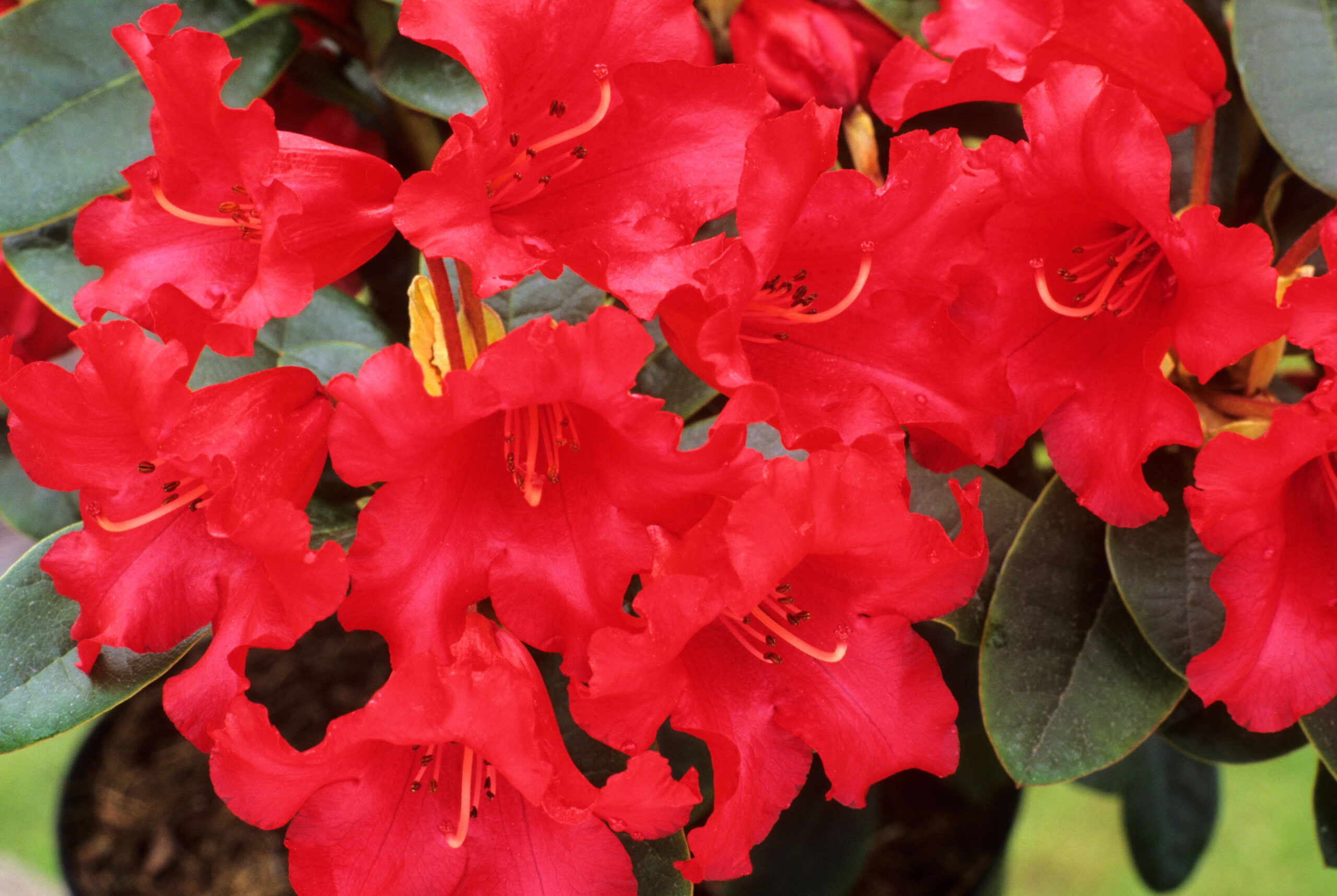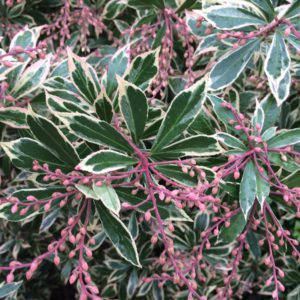Rhododendron Bengal
€22.00
Frequently Bought Together


Description
Quick Facts:
Common Name: Rhododendron ‘Bengal’
Botanical Name: Rhododendron ‘Bengal’
Position: Partial shade; dappled light is ideal. Will tolerate some morning sun if soil is kept reliably moist.
Soil: Moist but well-drained, acidic soil (ericaceous) with plenty of organic matter. Avoid chalky or very alkaline ground.
Flowering Time: Late spring to early summer
Foliage: Evergreen
Hardiness: Fully hardy in the Irish climate once established
Eventual Height & Spread: Approximately 1.5–2m high and 1.5–2m wide over time
Growth Rate: Moderate; forms a dense, rounded shrub with minimal pruning
Common Name: Rhododendron ‘Bengal’
Botanical Name: Rhododendron ‘Bengal’
Position: Partial shade; dappled light is ideal. Will tolerate some morning sun if soil is kept reliably moist.
Soil: Moist but well-drained, acidic soil (ericaceous) with plenty of organic matter. Avoid chalky or very alkaline ground.
Flowering Time: Late spring to early summer
Foliage: Evergreen
Hardiness: Fully hardy in the Irish climate once established
Eventual Height & Spread: Approximately 1.5–2m high and 1.5–2m wide over time
Growth Rate: Moderate; forms a dense, rounded shrub with minimal pruning
Why We Love It
We love ‘Bengal’ for the way it brings a sense of theatre to those trickier, shadier spots. The flower trusses are a rich, velvety red that feels luxurious and warm, especially against the glossy dark foliage. It’s a natural partner for ferns, hostas and woodland-style planting, and looks beautiful with white or soft pink rhododendrons and azaleas for contrast.
Because it’s evergreen, it also earns its keep outside of flowering time, giving you that solid, handsome backdrop that makes spring bulbs, hydrangeas and perennials really sing.
Where to Use It
- As a focal shrub in a semi-shaded border
- Under light tree cover where the soil can be kept acidic and humus-rich
- In a woodland-style garden with ferns, heathers and spring bulbs
- In larger ericaceous containers on a shaded terrace or by a north- or east-facing wall
- As part of an evergreen structure planting to frame a path or seating area
Planting & Care
- Soil Preparation: Rhododendrons are fussy about soil. Mix in generous amounts of ericaceous compost and leaf mould before planting. If your soil is neutral to slightly alkaline, consider a raised bed or a large container with ericaceous compost.
- Planting Depth: Plant at the same depth as it sits in the pot; rhododendrons dislike being buried too deeply.
- Watering: Keep the soil consistently moist, especially in the first couple of years and during dry spells. Use collected rainwater where possible in hard water areas.
- Feeding: Apply an ericaceous feed in early spring and again after flowering to support bud formation for the following year.
- Mulching: Mulch annually with leaf mould, pine needles or bark to help maintain soil acidity and conserve moisture.
- Pruning: Minimal pruning required. Remove spent flower heads carefully after blooming and trim out any dead or crossing branches in late winter if needed.
Good to Know
Rhododendron ‘Bengal’ is a lovely choice for gardens where you want impact without constant fuss. Once settled into the right soil, it’s largely trouble-free. Do keep an eye on watering in dry, windy weather, as shallow roots can dry out quickly. Pale leaves or poor flowering can be a sign that the soil is too alkaline or that feeding is needed.
Caragh’s Garden Notebook – Jo’s Tips
- Pair ‘Bengal’ with white-flowering rhododendrons or camellias for a classic, elegant contrast.
- Underplant with spring bulbs – snowdrops, bluebells and narcissus – so the show starts before the rhododendron comes into flower.
- In smaller gardens, one well-placed rhododendron can be enough: give it a simple backdrop and let the flowers be the star.
- If you’re unsure about your soil, pop it into a generous container with ericaceous compost – it’s a great way to enjoy rhododendrons on a terrace or balcony.





